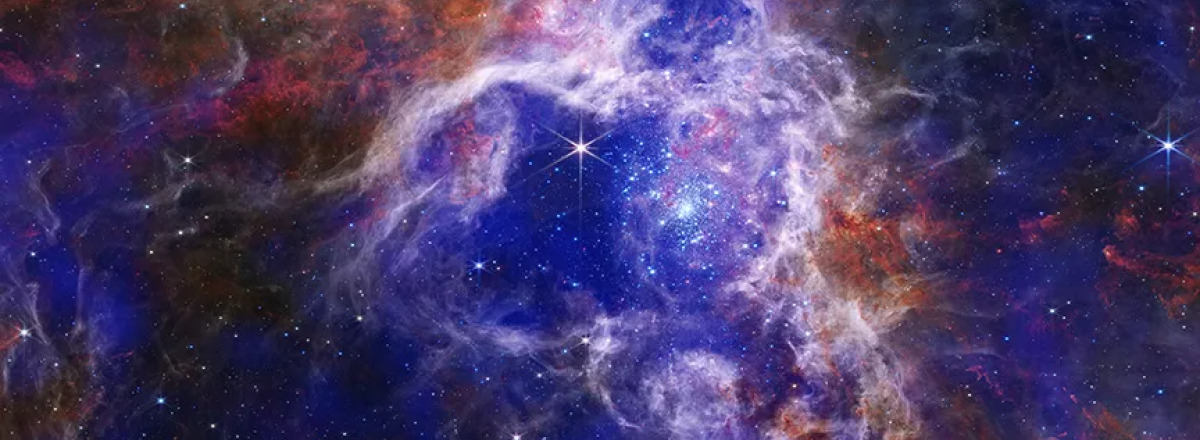NASA Transforms Cosmic Images into Sound, Revealing the Universe’s Hidden Symphony
Using data from Chandra, the James Webb, Hubble, and Spitzer space telescopes, scientists created a soundscape that starts from the neutron star at the center and moves outward.

NASA has released new sonifications of distant cosmic objects, allowing listeners to experience the sounds of the universe. These "sonified" images translate astronomical data into sound, with the new releases marking the 25th anniversary of NASA's Chandra X-ray Observatory.
Among the sonifications is Cassiopeia A, the remains of an exploded star located 11,000 light-years from Earth. Using data from Chandra, the James Webb, Hubble, and Spitzer space telescopes, scientists created a soundscape that starts from the neutron star at the center and moves outward, with the brightness of the image corresponding to volume and pitch. The result is an eerie composition of piano, string, and brass sounds representing the data from these telescopes.
Other sonified images include the star-forming region 30 Doradus, also known as the Tarantula Nebula, and the large spiral galaxy NGC 6872. Each of these cosmic structures has been turned into its own unique auditory experience, blending sounds like wind, synthesizers, and cymbals to represent different elements of the universe.
These sonifications provide a new way to experience astronomical data, offering both scientific insights and an artistic connection to the cosmos.

